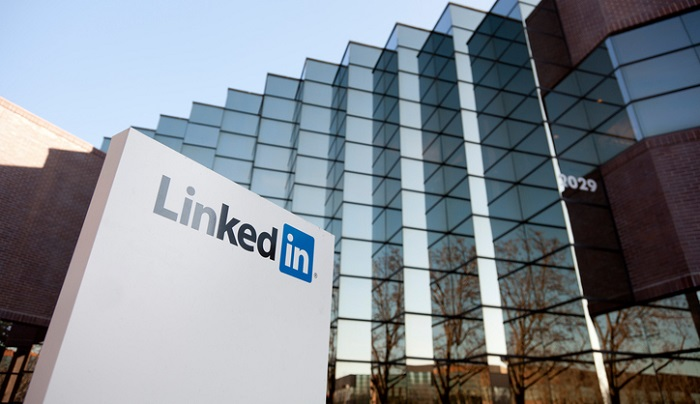Data and technology are driving factors for successful sales operations. But tools of the trade are only as successful as the strategy behind it.
According to LinkedIn’s 2018 State of Sales Report, around 73 percent of sales professionals use some sort of sales tech to help close deals. However, even though the use of tech is prevalent, the data shared by sales and marketing teams remains siloed, posing a significant issue for smoother sales and marketing orchestration. Only 20 percent of professionals surveyed said there is “significant overlap in that data used by marketing and sales to target leads.”
“Sales professionals, particularly those from younger generations, are embracing new strategies such as marketing and sales orchestration, a sales approach that involves tighter collaboration between marketing and sales departments to better target prospects,” Justin Shriber, VP of marketing, LinkedIn Sales and Marketing Solutions, said in a blog post announcing the report. “Today’s top-performing salespeople are working more closely with their marketing teams to target leads and are closing more deals as a result.”
The LinkedIn report was powered by research panel company MarketCube, which surveyed roughly 1,000 B2B sales (507 respondents) and business decision makers (502 respondents).
Training new generation of sales leaders
LinkedIn data suggests Millennial sales reps are more likely to work closely with marketing teams (23 percent) and use sales tech to power the process. It’s paying off, too – Millennials reported seeing “excellent” leads from marketing at a 56 percent higher rate than Gen X colleagues.
According to Todd Berkowitz, managing VP, Gartner, SDRs play a key role in bridging the gap between sales and marketing, especially for B2B brands implementing ABM. Speaking at the Gartner Sales and Marketing Conference earlier this month, Berkowitz said SDRs are generally younger (right out of college) and are more open to receiving feedback and training from both sales and marketing teams.
Related: What It Means To Be A Marketing Mentor
“They want to get better, they want to succeed, and they want to be coached,” Berkowitz said.
SDRs need to spend time understanding shared sales and marketing objectives, regardless of which department they fall into. AI can also help mitigate SDR workflows for a more efficient process by:
- Surfacing next best action
- Content recommendations
- Training suggestions
- Identifying other prospects within accounts to contact
- Provide tips for coaching
The issue here, again, is data. AI tools are only effective if the information provided is clean and accurate.
“If your data’s inaccurate, you’re going to get bad results,” Berkowitz said.
Related: How To Enrich Your Data To Win And Grow Customers
Combining tech and touch
According to LinkedIn, the combination of tech and human touch is the ticket. Buyers are more responsive when experiences are personalized and built on a foundation of trust. Fifty-one percent of respondents named trust as the number one trait they look for in a sales rep.
Tech can be used to identify and recommend when and how sales and marketing should orchestrate communications. On the marketing side, assets like the company website (44 percent), events (28 percent), and video (10 percent) play a big role in influencing purchase decisions. For sales reps, networking, customer referrals or introductions (word-of-mouth), and maintaining professionalism were all driving factors.
When done right, sales reps are viewed as a valued partner throughout the buyer journey. A large majority of buyers surveyed said they view sales professionals as “professional,” (93 percent) well-informed, and are “trusted advisors” (88 percent).







